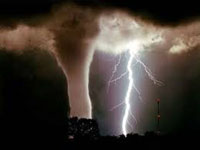Forum Links
Thread Information
Views
201
Replies
0
Rating
0
Status
CLOSED
Thread
Creator
Creator
tornadocam
01-30-23 02:56 PM
01-30-23 02:56 PM
Last
Post
Post
tornadocam
01-30-23 02:56 PM
01-30-23 02:56 PM
Views: 173
Today: 0
Users: 1 unique
Today: 0
Users: 1 unique
Thread Actions
Thread Closed

New Thread

New Poll

Order
My take on the Jan 12th tornado outbreak
01-30-23 02:56 PM
tornadocam is Offline
| ID: 1401514 | 436 Words
| ID: 1401514 | 436 Words
Links
Page Comments
This page has no comments


 User Notice
User Notice 

